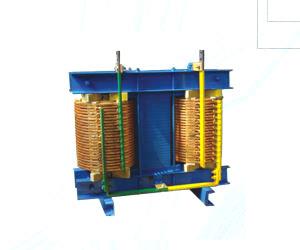Introduction to the principle of Scott Transformer
About the principle of Scott transformer, I don't need to talk about it, you must be clear.
1 and 2 low-voltage coils are independent. There is no electrical relationship between them. Therefore, it is equivalent to 2 independent single-phase transformers. There is no problem of current distribution.
2. There are also two high-voltage coils, but they are different from low-voltage coils. There are main transformers (M transformers) and ladder transformers (T transformers).
3. When only the low voltage of the M variable has a load, the high voltage coil of the M variable will flow a current that is in balance with the low voltage coil. It has nothing to do with the T variable.
4. When only the low voltage of the T-change is loaded, the current in the high-voltage coil of the T-change not only flows through its own coil, but also is symmetrically divided into two directions (each 1\/2) at the contact point. It flows through the high voltage coil of the M transformer and returns to the power supply.
5. When both the M variable and the T variable have loads, the basic principle is unchanged. It is only the vector addition of the current.
There are 2 points to note above:
1. Both current and voltage are represented by vectors.
2. The premise of the above is: no neutral point is drawn out and grounded. If there is a neutral point drawn out and grounded, then the current distribution will be different. Because some current will go from the neutral point, so the high voltage will be unbalanced.


